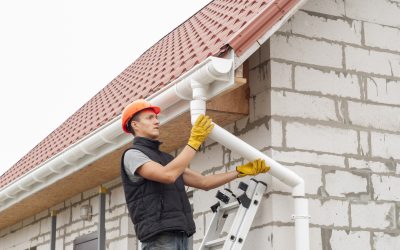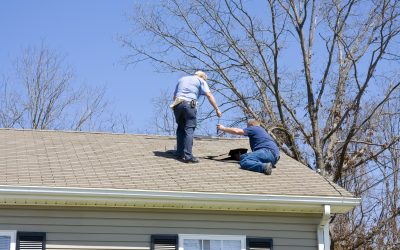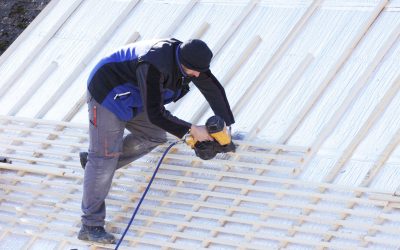There are some products that are used in different types of manufacturing and processing that are essential to the end product, but are rarely considered on their own. In many ways, fiberglass reinforcement mesh or fabric, also known as scrim, is one such product.
As the name implies, this is a mesh where the individual yarns are actually made from fiberglass. However, there are many different types of fiberglass, including reinforced plastic fibers as well as glass fiber. This can include polymers as well as different types of carbon fiber to create a low cost, highly durable reinforcing material.
Flexibility and Strength
Two of the most important factors in choosing fiberglass reinforcement is the flexibility of this product combined with the strength. It can bend and conform to different surfaces, which is why it is commonly used in construction materials such as roofing products as well as in insulation.
This is also a very strong product. It is durable for both interior and exterior use, and because of the use of fiberglass is it ideal in areas where they may be exposure to water and high humidity as well as to heat and cold. This is also a corrosion resistant material, which means it can be used with other types of chemical processes to produce specific end materials without any loss of strength.
Fiberglass Mesh Uses
When fiberglass reinforcement is processed to create a very fine mesh or a coarser mesh, it is frequently used in the construction and building industries. This is sometimes also referred to as fiberglass cloth, and it can be found in insulation, in specific filtration products and in both residential and commercial building materials.
This material can be applied directly to walls to create a stronger, more durable surface that can then be further processed. The cloth will allow minor imperfections on the surface to be covered. It is also used in specific types of wall coverings to provide the necessary solid, durable and strong backing needed.
It is commonly used in boat manufacturing as it is resistant to degradation from exposure to salt water or humidity. For the same reasons it can also be used in outdoor carpeting, although this is typically a less dense type of open mesh.
The most consistent and lowest cost option to produce fiberglass reinforcement scrim is through the non-woven method. Instead of the use of looms to actually weave the mesh, the individual yarns are laid out by a machine, then treated with chemicals and heat to create a solid, impermeable and completely even mesh.



